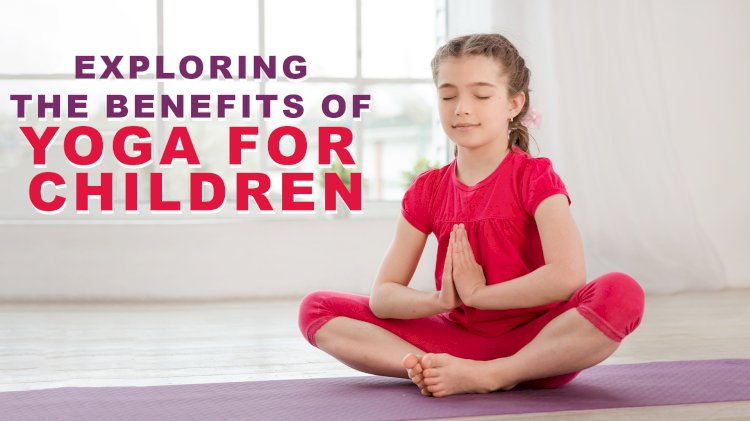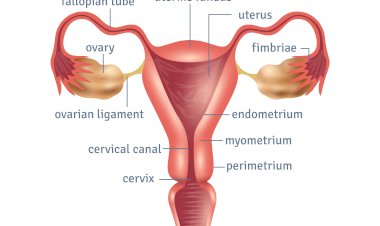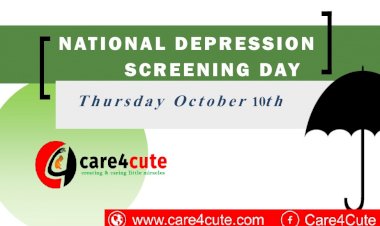Exploring the Benefits of Yoga for Children : A Guide to Age-Appropriate Practice
Learn the many benefits of yoga for children with this guide on age-appropriate practices. From developing concentration to improving flexibility, we've got you covered.

Introduction:
In recent years, yoga has gained popularity as a holistic practice that promotes physical and mental well-being. While yoga is often associated with adults, it also offers numerous benefits for children. Engaging in yoga from an early age can help children develop strength, flexibility, concentration, and emotional resilience. However, it's important to understand the appropriate age for children to start practicing yoga, as their physical and cognitive abilities vary at different stages of development. In this article, we will explore the factors to consider and provide guidelines for when children can start doing yoga.
Early Childhood (Ages 3-5):
During early childhood, children are curious and eager to explore the world around them. Yoga can be introduced at this stage through playful and age-appropriate activities that focus on basic movements, breathing exercises, and relaxation techniques. Classes specifically designed for young children often incorporate storytelling, games, and imaginative play, making yoga an enjoyable experience that enhances their physical coordination and body awareness.
Primary School Age (Ages 6-12):
As children enter primary school, they begin to develop more refined motor skills and cognitive abilities. This is an ideal time to introduce structured yoga practices that focus on strengthening postures, balance, and coordination. Children in this age group can benefit from learning mindfulness techniques, such as breathing exercises and meditation, which help them cultivate self-awareness, manage stress, and improve concentration. Yoga classes tailored to their age group encourage creativity and self-expression, fostering a positive body image and boosting self-esteem.
Teenagers (Ages 13 and above):
During adolescence, teenagers experience significant physical and emotional changes. Yoga can provide a valuable outlet for stress management and emotional balance during this transitional period. Teenagers can engage in more challenging yoga sequences, including advanced postures, inversions, and deep stretching exercises. Alongside physical benefits, yoga can promote self-discipline, self-acceptance, and body confidence. Yoga classes for teenagers often incorporate discussions on mindfulness, stress management, and healthy lifestyle choices, providing a holistic approach to their overall well-being.
Considerations for All Ages:
When introducing children to yoga, it's crucial to prioritize their safety and well-being. Here are some general guidelines to follow:
- Consult with a healthcare professional or certified yoga instructor who specializes in children's yoga before starting any formal practice.
- Choose age-appropriate classes or programs that are specifically designed for children or teenagers.
- Ensure the yoga instructor has experience and training in teaching yoga to children.
- Emphasize the importance of proper warm-up, stretching, and cooling down to prevent injuries.
- Make yoga sessions fun and engaging by incorporating games, music, and storytelling.
- Encourage open communication and provide a supportive environment for children to express themselves during yoga practice.
- Always prioritize the child's comfort and well-being over achieving specific poses or goals.
Conclusion:
Yoga offers a wide range of benefits for children, including physical fitness, emotional well-being, and mindfulness skills. By introducing yoga at the appropriate age and following guidelines tailored to each developmental stage, parents and educators can empower children to lead healthier and more balanced lives. Remember, the journey of yoga is not about perfection but about embracing the practice and its positive impact on the child's overall growth and well-being.



































Comments (0)